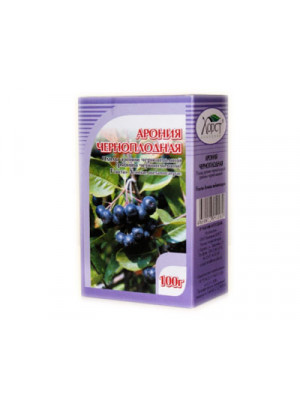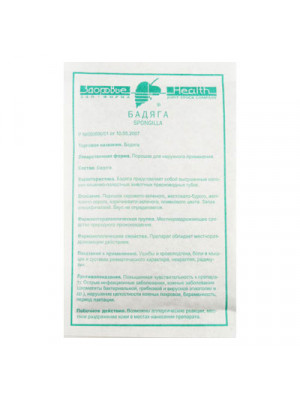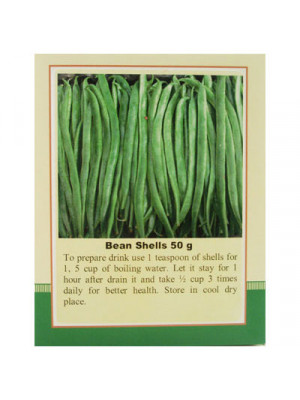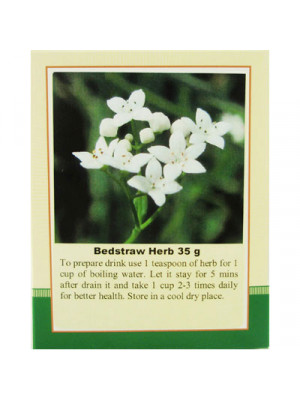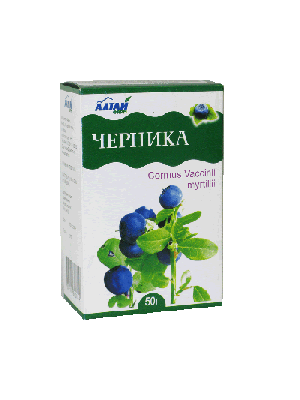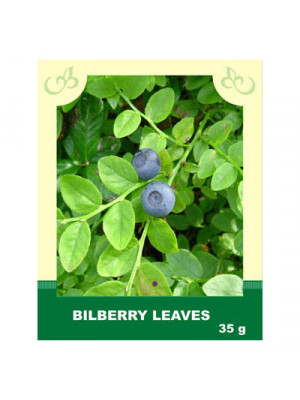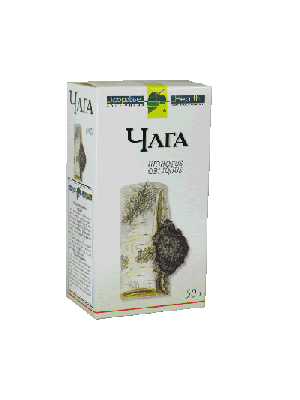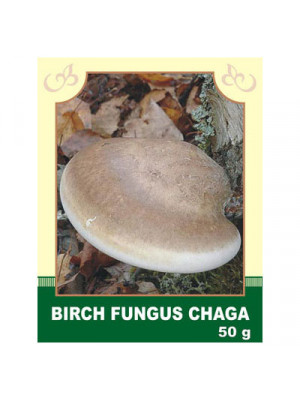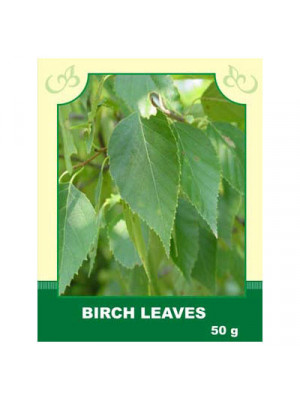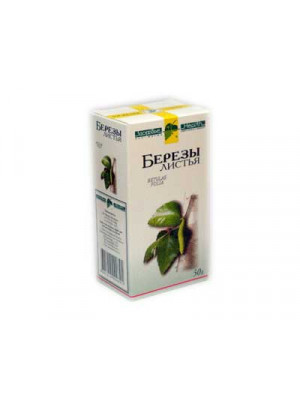Dry Herbs & Berries
If you like to use a lot of dry herbs and berries to create teas, wellness pads and an assortment of other items for well-being, our dry herbs and berries can provide you with a quick way to do it on your own. Each packet contains the herbs or berries of your choice that were freshly grown, chopped up and dried to perfection. Every herb and berries packet is 100% natural, with no artificial preservatives or added fillers. You're able to create a tasty blend with all that is provided from our large selection.
- It is used in hypertension, atherosclerosis, diseases of the kidneys (glomerulonephritis), diabetes mellitus, hemorrhagic diathesis, kapillyarotoksikozah, radiation sickness. The fruits of chokeberry Aronia have hypotensive action. Aronia strengthens blood vessel walls. The leaves contain substances that improve liver function, promote education and the outflow of bile.$7.99
Externally, the powder of marl has resorptive and whitening effects. For adolescent acne, marl powder is mixed to the consistency of sour cream with 3% hydrogen peroxide or a 5% solution of boric acid. It is heated in a water bath and rubbed into the facial skin, wearing rubber gloves. After 30 minutes, the mask is washed off.
In places of bruises, pigmentation on the face, bruises, and hematomas, a mixture of 1 part marl powder and 30 parts vegetable oil, preferably olive oil, is rubbed. This is also a good distracting remedy for muscle pain.
For oily seborrhea, slowly add 3% hydrogen peroxide or a solution of boric acid (0.5 teaspoon per 0.5 cup of water) to 1 teaspoon of marl powder, stirring. The mixture, with the consistency of sour cream, is heated in a water bath and warm rubbed into the hair roots once every 5 days.
Contraindications: Individual intolerance. Do not apply around the eyes, do not use on dry and thin facial skin, in the presence of superficial vessels, and with increased hair growth on the face.
$6.99Internally: The main properties of bean pods: reduce and eliminate inflammatory processes; have a diuretic effect; normalize blood glucose levels; accelerate recovery from viral diseases. Normalize the functioning of the cardiovascular and urogenital systems.
Method of application and doses: For brewing, 2 tablespoons of dried crushed bean pods are poured with warm boiled water (2 cups). Then place it in a water bath for a quarter of an hour and infuse for another hour. When following all the rules, the plant will release the maximum nutrients into the decoction. To dilute the concentrate, add water to the original volume and boil again. Take 1/2 cup 3 times a day, preferably before meals.
Contraindications: Individual intolerance, during pregnancy, breastfeeding, and for those suffering from allergies.
$6.99Internally, it is taken as an excellent remedy against kidney diseases. It possesses astringent, diuretic, hemostatic, "blood-purifying," anti-inflammatory, analgesic, and wound-healing properties, with the ability to calm the nervous system. The primary action of knotgrass is diuretic.
Method of application and dosage: Steep 1 tablespoon for 4 hours in 2 cups of boiling water, strain. Take 1/2 cup 3-4 times a day before meals. A stronger infusion can be used for baths and washing in skin diseases and wounds.
Externally, the infusion of the herb is used for baths, washing, lotions, and compresses for jaundice, skin rashes, boils, furuncles, wounds, and ulcers.
Contraindications: Individual intolerance.
$6.99Internal use: Taken for gastric and intestinal catarrhs with reduced acidity of gastric juice, stomach upset, diarrhea, and chronic constipation, spasms and pains in the stomach and intestines, kidney and bladder stones, gout, and rheumatism. Particularly effective for diarrhea in children and acute enterocolitis in adults. Bilberry berries enhance sharpness of vision, provide an increase in the field of vision, and reduce eye fatigue from prolonged work under artificial light.
Method of application and dosage: 3-4 teaspoons of berries are poured with 400 ml of boiling water, infused for 2-3 hours, and taken in 1/4 cup 5-6 times a day.
External use: Infusion is used for enemas in case of hemorrhoidal bleeding, eczema, pimples, and burns. 1-2 teaspoons of berries are poured with 200 ml of boiling water, infused for 15 minutes, strained, squeezed out, and used for rinsing, lotions, and enemas.
Contraindications: Individual intolerance.
$6.99Internal use: Infusion of leaves lowers blood sugar levels and promotes the dissolution of kidney stones in diabetes.
Method of application and dosage: 2 tablespoons of raw material are poured with 400 ml of boiling water, infused for 2 hours, and taken in 1/2 cup 4 times a day before meals.
External use: Used as an enema for hemorrhoids. 60 g of raw material is poured with 1 liter of boiling water, boiled in a water bath for 30 minutes, infused at room temperature for 10 minutes, and strained.
Contraindications: Individual intolerance, overdose, and prolonged use.
$6.99- For centuries, Chaga has been revered for its life enhancing properties. According to thousands of years of testing in Traditional Chinese Medicine, medicinal mushrooms including Chaga, can preserve youth and increase longevity, improve health, and boost life energy. Chaga contains zinc, copper, magnesium, calcium, potassium, aluminum, iron, silicon, manganese and other substances. The properties of Chaga are spasmolytic, diuretic, analgetic, antimicrobial, restorative, laxative and antitumoral. Chaga mushroom is also well known for its huge load of immune stimulating phytochemicals. The Chaga fungus has some of the highest amounts of anti-oxidants of any substance consumed by man.$6.99
Internal use: Chaga enhances the body's defensive reactions, activates metabolism in brain tissues, reduces arterial and venous pressure, has anti-inflammatory effects not only when taken internally but also when applied externally. It also lowers blood sugar levels. Chaga is used as a general strengthening and anti-inflammatory agent for gastrointestinal diseases. It is also used as a symptomatic remedy for various oncological diseases, in otolaryngology, and in the treatment of psoriasis, eczema, and other skin conditions.
Method of application and dosage: Soak the mushroom in boiling water so that it covers the mushroom completely and let it steep for 4-5 hours. Crush the soaked mushroom and pour it with preheated water to 50 degrees Celsius at a ratio of 1:5, using the water left from the initial soaking. After 48 hours of infusion, strain the liquid, squeeze out the sediment, and dilute the obtained infusion with water to the original volume. Store the infusion in the refrigerator for 3-4 days. Take 1 glass three times a day in small portions and sips 30 minutes before meals (adult dose). The course of treatment is 4-5 months with breaks of 7-10 days.
Contraindications: Individual intolerance. Intravenous administration of glucose and penicillin-3 (a fungus antagonist) is prohibited during Chaga treatment.
$6.99
Description. People have been using birch for therapy and healing since ancient times. Almost all parts of this tree have special properties valuable for health. Birch leaves act as anesthetic, anti-inflammatory, wound healing and antimicrobial. They help cope with pathogenic bacteria and fungi; improve blood circulation, and reduce thrombus from the smallest blood vessels.Birch leaves contain many of bioactive substances acids, flavonoids, rutin, tannins, vitamins C, E, PP and carotin. They help lower blood pressure. Use. Nowadays birch leaves preparations are used in cases of avitaminosis, edema, urinary bladder inflammation, atherosclerosis, kidney disorders and as cholagogic and expectorant. Leaves decoction is tonic and restorative and is useful for wet eczemas and climacteric neurosis. Birch leaves are used for flushing kidney and bladder stones, and for urinary infections. Preparations made of them are good for bronchitis, gastritis, stomach ulcers, edema and gout. Birch leaves are also valuable for various skin problems and help in coping with pathogenic microbes, fungi and inflammations. Finally they are known also to stimulate hair growth.
Attention! Before using any herbal products, make sure that you have full knowledge of how the herb works and any adverse reaction it may cause.$6.99Internally, infusion and decoction from birch leaves are used as a diuretic, for disorders of the nervous system, jaundice, as an anti-inflammatory and vitamin remedy, for atherosclerosis, and rheumatism.
Method of application and dosage: Decoction: 2 tablespoons of birch leaves are brewed in 500 ml of boiling water, boiled for 15-20 minutes, strained, and taken throughout the day. Infusion: a tablespoon of birch leaves per 250 ml of boiling water, infused for 3-4 hours, strained, taken 1/2 cup twice a day.
Externally, for joint diseases, compresses from fresh leaves applied to the area of affected joints or baths from a decoction of leaves are used.
Contraindications: Individual intolerance.
$6.99


